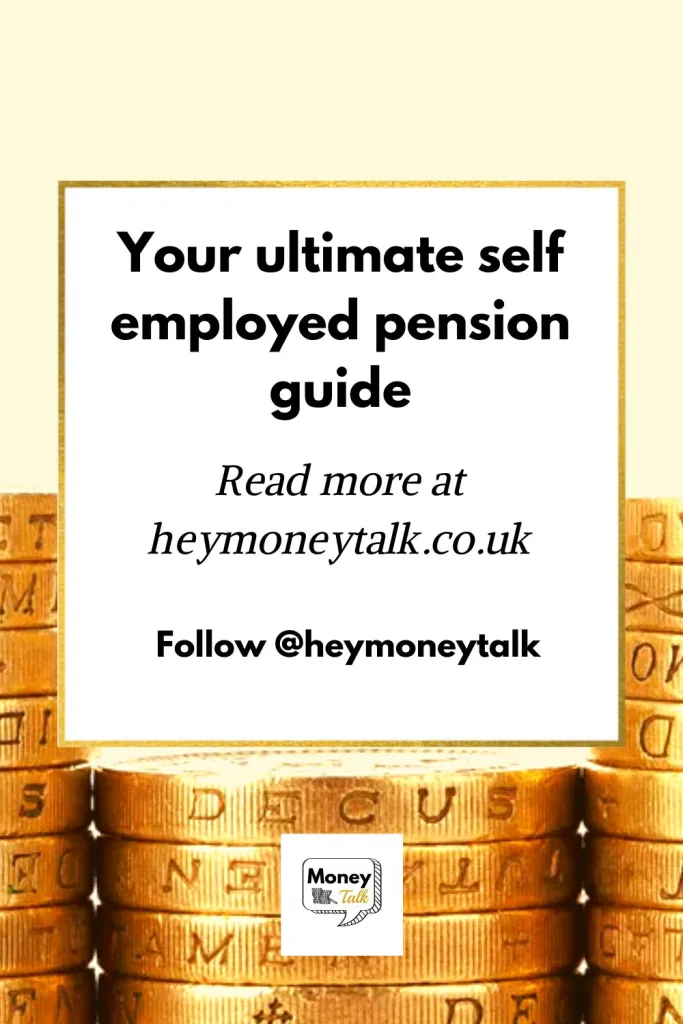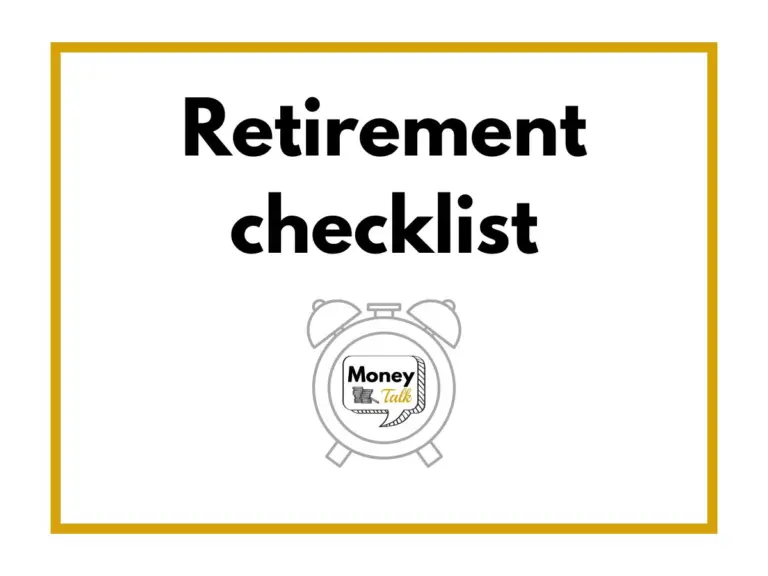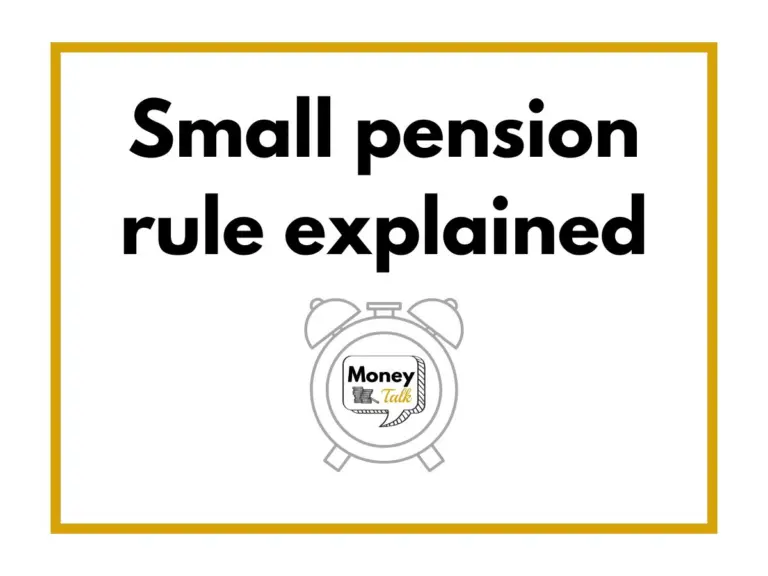Your ultimate self employed pension guide
Money Talk is intended to inform and educate; it's not financial advice. Affiliate links, including from Amazon, are used to help fund the site. If you make a purchase via a link marked with an *, Money Talk might receive a commission at no cost to you. Find out more here.
When you’re self employed, having a pension can often be the last thing on your mind.
Unlike being an employee, you’re much more likely to have fluctuations in income from month to month and there’s no auto-enrolment to nudge you into the habit.
But having an additional pot of money beyond your state pension is important if you don’t want to keep working well into your retirement age.
And to cover your basic expenses, one estimate suggests that you’d need a private pension pot that’s worth at least £77,350 by the time you retire.
So how do you go about choosing the right self employed pension?
Types of pensions you can go for
There are four main types of pensions you can go for.
Standard personal pension
Standard personal pensions are a type of defined contribution pension – this basically means that how much you get out will depend on what you put in, so the more money you put in, the more you’re likely to get back when you retire.
The money you put into these pensions are invested, which of course means that they can fall in value, just like any other investment.
That’s why it’s important to review your portfolio over time, and make sure it’s still the right fit for you.
Generally speaking, you can afford to be a bit more risk-loving when you’re younger, but will need to move to a more risk-averse portfolio when you’re closer to retirement age.
Standard personal pensions are offered by most major pension providers, who will charge a fee (it varies from provider to provider) to manage your pot for you.
They will also claim tax relief on your behalf and add it to the pot.
The downside is that if your pension pot is very small, you might find that the fees will outweigh any gains and might even eat into your contributions.
Examples of standard personal pension providers include Standard Life and Aviva (previously Norwich Union).
Stakeholder pensions
Stakeholder pensions are another type of defined contribution pension, but they have the benefit of allowing you to make small and flexible contributions to your pension.
This flexibility makes it a great option for self employed workers who don’t have a set income every month and who might not have a lot of money to put away.
You can start and stop your contributions any time you like, without penalties, and you can put in as little as £20 a month.
Most stakeholder pensions are run by well known providers who will claim your tax relief for you and add it to your pension pot if you’re a standard rate taxpayer – if you’re a higher rate taxpayer, you have to claim this separately through your tax return.
The charges for managing your account are legally capped at 1.5% a year in the first 10 years, and then 1% a year after that. Most major providers seem to have stuck to a 1% annual management fee though.
Examples of stakeholder pension providers include Standard Life and Aviva (previously Norwich Union).
It’s worth noting that some providers like PensionBee also offer this flexibility but see their product as a standard personal pension.
Self invested personal pensions (SIPPs)
SIPPs are best for those who are more experienced at managing their own investments or have pension pots that are big enough to justify paying a financial adviser who’s authorised by the Financial Conduct Authority (FCA) to help manage it.
And it is essential that you get expert advice here if you aren’t familiar with financial markets as there’s greater volatility in the products you can invest in and you need to be clear of the risks.
They offer greater flexibility in what you can invest in – commercial property, for example, as well as company shares – the fees can be lower, and you can still get tax relief.
There’s also greater flexibility in when and how much you can put in, as well as how you can withdraw the money when you come to retire.
Well known SIPP providers include AJ Bell YouInvest* and Hargreaves Lansdown*.
NEST pensions
NEST, or National Employment Savings Trust, is a pension scheme that was set up by the government.
It’s run for the benefit of members, and doesn’t answer to shareholders or owners.
Although it’s generally seen as more secure as it’s backed by the government, its fees can be much higher than private providers, which is why it’s important to shop around.
NEST is only available directly from their website.
Finding the best self employed pension for you
Annoyingly, there is no nifty comparison site (at the moment) that shows you at a glance what fees are charged by each pension provider for each type of product.
Unfortunately that means once you’ve decided what type of pension you’d like to go for, you have to do a lot of research yourself, or pay for a financial adviser authorised by the FCA to suggest suitable products.
Websites such as Unbiased* and VouchedFor can be good places to find a suitable financial adviser – although if you have a small portfolio, they might not be able to find anyone appropriate.
Based on my personal research (obviously you should do your own too), PensionBee offers some of the lowest annual management fees around depending on which plan you go for.
They also offer a decent amount of flexibility in terms of how much and when you contribute but, if you have an existing pension elsewhere, you must transfer this in rather than start a new pension with them.
You don’t have to transfer all of your existing pensions if you don’t want to though – just one is fine.
PensionBee are who I have one of my pensions with at the moment.
I like that you can deposit lump sums as and when and manage it using their app, but the performance of my portfolio has so far been subpar compared to my portfolio elsewhere.
They do however charge a much lower fee compared to many other providers, which was one of the reasons why I went with them. I’m basically hoping that once the markets recover, I start to see gains. If not, I fully intend to move my portfolio elsewhere.
For more on this, read my posts on why I chose PensionBee for my pension, how the transfer to PensionBee works, and how my PenionBee portfolio has performed.
Penfold*, another newish provider, costs a little more but you do have the benefit of opening a new pension without having to transfer in your existing portfolio.
I also asked the guys at Penfold for some tips.
“You should try to find a pension provider that is transparent with their fee structures,” says Pete Hykin, co-founder of Penfold. “Lots of providers have hidden exit, transfer and ad hoc fees in the small print so look out for those when evaluating your options.”
Those ad hoc fees, by the way, include things like platform fees and fund fees, which are typically associated with investing.
He added: “You should ensure that your pension provider gives you options that fit with your appetite for risk (the closer to retirement you are, the less you’ll want to risk larger fluctuations in the value of your pension).
“And if there are ethical considerations that will influence your decision, be sure to look into the details on their sustainability or Shariah Law funds.”
Finally, if your pension pots are worth more than £100,000 altogether, it’s definitely worth looking at consolidating them all into one pot – above this threshold, there’s almost always a discount on the annual management fee, sometimes up to 50%.
There are some exceptions though because of the small pot pension rule.
A few other things
As with any type of savings or investments, the earlier you get in there, the more you’ll end up with thanks to compounding interest rates – assuming a good growth trajectory on your pension and you keep adding to it.
The money in your pension is largely tax free (see below for exceptions) and you’ll get tax relief from the government based on your tax bracket.
For standard rate taxpayers, this tax relief is 20% – effectively for every £100 you put in, the government will top it up with an extra £25 of free money.
For higher rate and additional rate taxpayers, the tax relief is 20% and 25% respectively for the portions you’re paying higher taxes on.
There is an annual allowance for pensions – a cap on how much you can save.
At the moment this is £40,000 a year – you can pay in up to this amount, or your entire annual salary if it’s lower, without paying tax. Anything over this and you’ll have to pay tax on it.
There’s also a lifetime allowance of £1,073,100 – if your pension is worth more than this, you’ll also have to pay tax.
Obviously the downside of paying into a pension is that once it’s in, you won’t have access to that money until you’re at least 55 so make sure you budget to see how much you can afford to put away.
If having access to that money is important, a LISA might make a good alternative – just be aware that this will count as your savings if you lose your job and need to claim Universal Credit.
This post was originally published in July 2021. It was updated in November 2022.
Pin this for later







